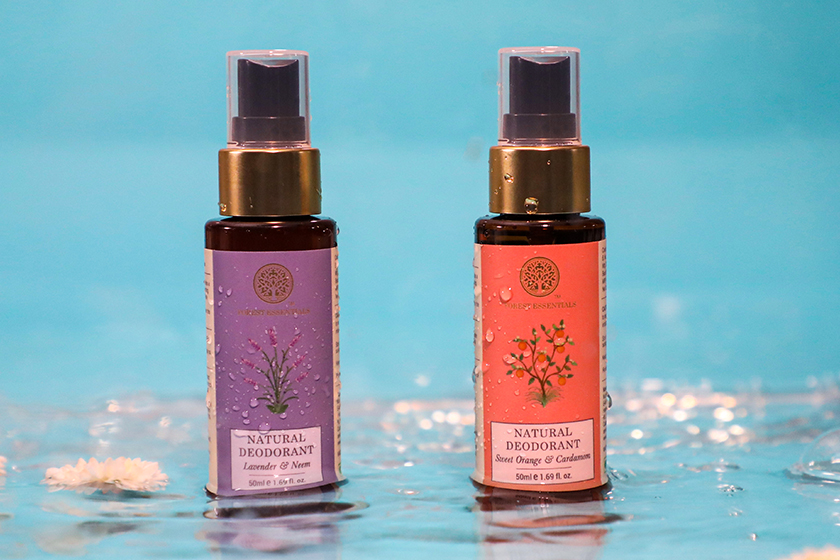Korean dermatologists inject neurotoxins in a variety of different ways beyond what we are accustomed to in America. As Allure has often reported, Skin Botox is an extremely in-demand procedure in Seoul. Shallow pricks of botulism neurotoxins are inserted all over the face just below the surface for more of a smoothing effect than a muscle-freezing one. (You can check out our in-depth guide to Skin Botox.) Baby Botox is also a popular preventative option among younger patients, Dr. Chang says.
Botox is often used to lift jawlines and the corners of the mouth, says Cho Yun Joo, a board-certified dermatologist based in Seoul. The latter is done because the mouth is prone to drooping as we age. And Sang Wook Lee, a board-certified dermatologist at Seoul’s Yezel Clinic, tells Allure that he also uses Botox to lift droopy undereye areas and give patients incredibly subtle facelifts. “I put it near the scalp to lift the face,” he adds.
PRP
Skin Botox is often combined with platelet-rich plasma (PRP) therapy, a.k.a. a vampire facial, at Dr. Lee’s clinic. Many of the Korean dermatologists I’ve interviewed over the years have lauded PRP’s uncanny ability to improve fine lines and wrinkles and have called it the future of skin care. You can dive into the blood-based process here.
Sculptra
In December 2021, the U.S. Food and Drug Administration (FDA) approved the aesthetic use of Sculptra, a poly-L-lactic acid-based biostimulant that triggers the natural process of collagen production, to iron out fine lines and wrinkles. Prior to that, the FDA allowed it to be used only as a treatment for HIV patients experiencing lipoatrophy, or severe fat loss, in the face, Michael Somenek, MD, a Washington, DC-based, board-certified facial plastic surgeon and participant in the recent FDA study trials, told Allure. However, in Korea, it’s long been another beloved injectable option alongside its Korean equivalents. Sculptra is often administered into nasolabial folds (or smile lines) and other areas of concern to boost collagen cell regrowth, Dr. Lee says. “The good thing about this is that it has long-term effects lasting up to three years,” he adds.
People in Korea are less into facial fillers and favor injectables that replenish and boost collagen production on a cellular level, like Sculptra, Dr. Lee says. Consequently, hyaluronic acid-filled syringes, like Restylane and Juvéderm, are more likely used to help moisturize the skin on a cellular level. (This procedure is nicknamed the “water glow injection.”) In America, we are more accustomed to using them to augment and plump faces.
Skin Boosters
Koreans are also all about what’s often called “skin booster shots,” which do just that. I like to think of them as superpowered versions of my favorite skin-care products mainlined directly into my skin cells. I received the most popular skin booster — the Chanel injection — the last time I traveled to Seoul. Professionally known as Filoga 135, this shot is infused with amino acids, hyaluronic acid, and vitamins A, B, C, and E and injected all over the face for brighter, plumper skin in two weeks. It also helps stimulate collagen production for about three to four months.





More Stories
What Is the Difference Between Body Lotion & Body Cream?
How to Spot the Warning Signs of Teacher Sexual Misconduct
The Most Popular Engagement Ring Styles for Beach Lovers